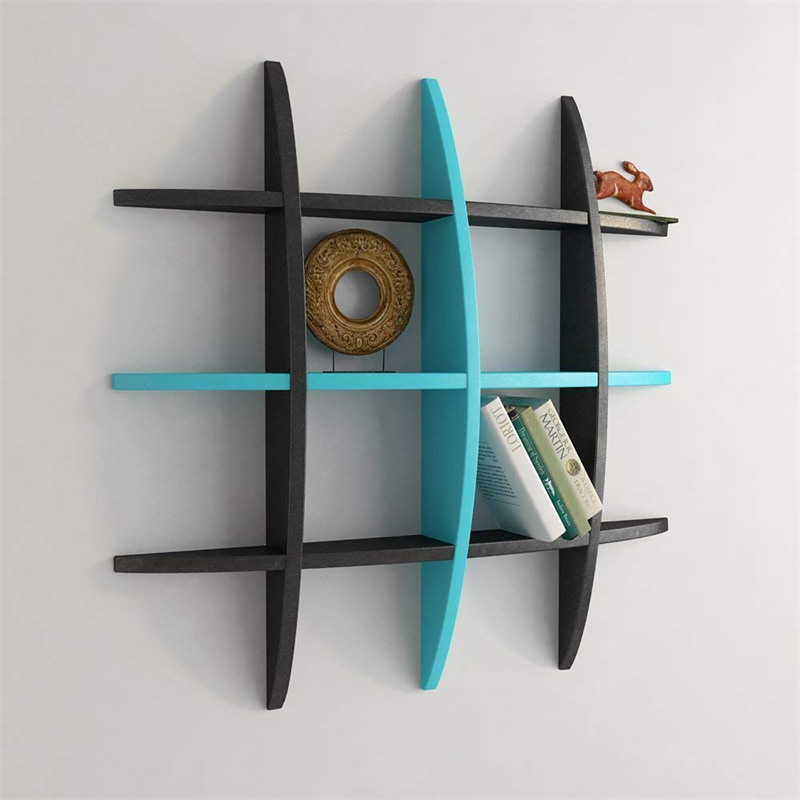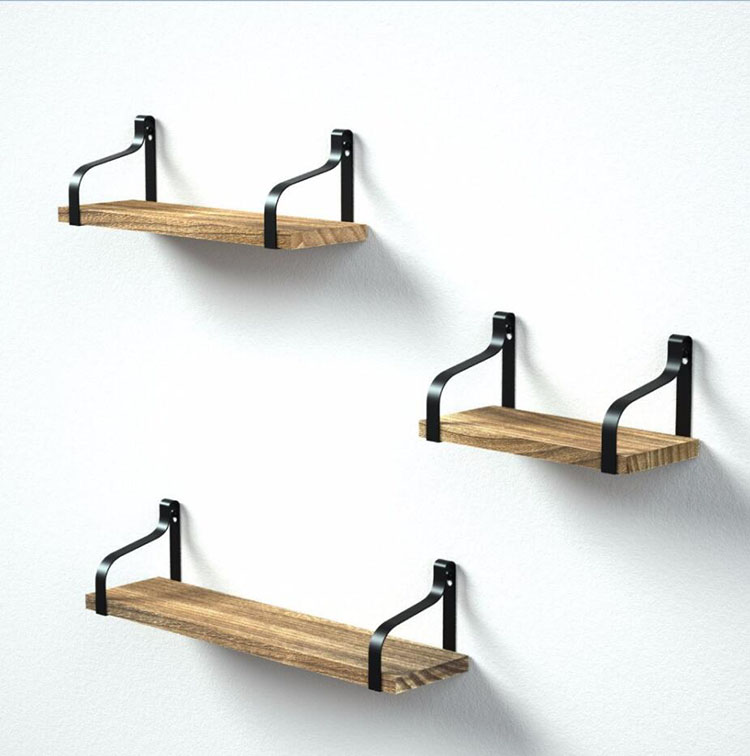Abstract A wonderful micro-course does not have a complete set of refined teaching process is not perfect. How to construct a complete and refined micro-teaching process is a problem that every teacher who produces micro-teaches must consider. It is necessary to have a complete and refined micro-teaching process. I think we should start from the following aspects.
A wonderful micro-course does not have a complete set of refined teaching process is not perfect. How to construct a complete and refined micro-teaching process is a problem that every teacher who produces micro-teaching must consider. It is necessary to have a complete and refined micro-teaching process. I think we should start from the following aspects.
First, we must thoroughly understand the micro-class
1. The definition of micro-course. “Micro-course†refers to a short and complete teaching activity around a knowledge point or teaching session, which is displayed in the form of media in order to enable learners to learn independently and achieve the best results.
2. The difference between micro-course and traditional teaching. In the form of teaching, the role of micro-courses is to confuse and confuse rather than teach. It is mostly used for online education without time and space. It is more self-study. It simulates one-on-one teaching scenarios, which is different from traditional ones. Teaching one-to-many, teacher-oriented classroom teaching; in the teaching content, micro-courses pay more attention to key and difficult breakthroughs, while traditional teaching pays more attention to the teaching of new knowledge; teaching methods, micro-classes are fragmented Classroom teaching is more complete and systematic; in short, micro-courses are an effective supplement to classroom teaching, satisfying students' self-learning outside the classroom, and solving the major and difficult breakthroughs in teacher teaching.
3. The characteristics of the micro-course. The characteristics of micro-courses are short teaching activities, short video time, small teaching theme, small resource capacity, content selection, careful design, exciting activities, strong interactivity and wide application.
Second, the topic of the micro-course
The topic of micro-curriculum is the key to the production of excellent micro-classes. We need to consider the following aspects:
1. Try to choose typical, important and difficult problems in teaching. These problems are problems that cannot be solved in classroom teaching and must be solved. We can use the multimedia presentation of micro-courses to help students better understand and master, and also reduce the teaching burden of teachers and improve the effectiveness of classroom teaching. Sex.
2. It is suitable for topics that are expressed in multimedia. Not all topics are necessary to do micro-courses, they are all suitable for micro-courses. For the easy-to-understand knowledge points, we don't have to waste time doing micro-courses, because the use of micro-courses is not for show, it is to be practical. In order to improve the effectiveness of teaching, we must also consider whether it is suitable for multimedia expression. If it is not suitable, it will make the problem more complicated, and it will increase the teacher. The teaching burden, so we have to do the subject that is suitable for multimedia expression.
3. Knowledge points should be small and refined. Due to the short time of the micro-course, when choosing the topic, we must also consider the knowledge points as much as possible, and divide the knowledge points associated with a large knowledge point into micro-courses. Scientific analysis and processing make them more in line with the age of students.
4. The applicable subjects of the micro-course should be considered. In the micro-choice selection, we should also consider the subjects (primary, junior high, high school, adult) that the subject is aimed at. In the primary school stage, we must also consider the different cognitive rules of the lower, middle and upper grades. Better design micro lessons.
Third, the design process of the micro-course
1. Cutting into the subject should be novel and rapid. According to the short teaching time of micro-teaching, we need to make more time to use in solving new knowledge points, and to be quick when we cut into the subject. On this basis, we must also consider the novelty of cutting into the subject and have enough attraction. Force, attracting the eye, thinking, interest of the learning object, and quickly entering the state of learning.
2. The clues should be clear. Although the micro-class is only a question of solving a knowledge point or a skill, we must also have clear clues, not chaos, and follow the idea from beginning to end. It is an effective way to solve the problem, and it cannot lead to new questions. Strive for the full and accurate arguments.
3. The end is quick. In the design of the micro-class, the summary is indispensable, a good summary, will play a finishing touch on the micro-course, can deepen the impression of students learning this knowledge, play a role of consolidation together, but the conclusion is not easy Too long, it is simple and concise.
4. Strive for innovation and highlight highlights. In the design of micro-courses, we must have innovations and have their own unique highlights. Only by having their own unique methods, methods or teaching characteristics can we improve the level of micro-classes.
In short, the design of micro-courses must have a complete and refined teaching process. It must have comprehensive considerations, design a good micro-class, improve the effectiveness of classroom teaching, reduce the teaching pressure of teachers, and improve students' interest in learning. Simplify complex problems, so that the teaching resources of micro-courses can be used for more teachers to learn from, modify, and become resources that can make teaching efficient.
A floating shelf is a form of shelf with its wall fixings hidden within the shelf board, with no visible supporting brackets. It can be supported on hidden rods or bars that have been attached to studs. A thick floating shelf may be made of a hollow-core shelf glued to a cleat.

A floating shelf may have two or more channels open from the back towards, but without reaching, the front, into which slide fasteners attached to the wall, typically held in place by screws inserted through the bottom of the shelf.
For typical floating shelf supports, a supplier suggests that floating brackets with a diameter of 12mm can support a shelf at least 22mm thick loaded with 20kg, and 18mm brackets can support 30kg on a 28mm shelf.

This description is in reference to one particular type of floating shelf support, others options are available. Also not to be confused with corner shelves, which would require entirely different supports to make them "float".
Floating shelves are a good fit for a contemporary minimalist style interior.They can be used to expand storage space, atop a radiator to double as storage, or inside a hallway to double as a console table.
Wall Mounting Shelf,Wall Mount Corner Shelf,Wall Mounted Floating Shelf,Wall Mounted Shelf,Wall Mount Shelves Set,Floating Corner Shelves,Rustic Decorative Shelves,Wall Corner Shelves
Jinan Tri-Tiger Technology Development Co., Ltd , https://www.jinanfurniture.com